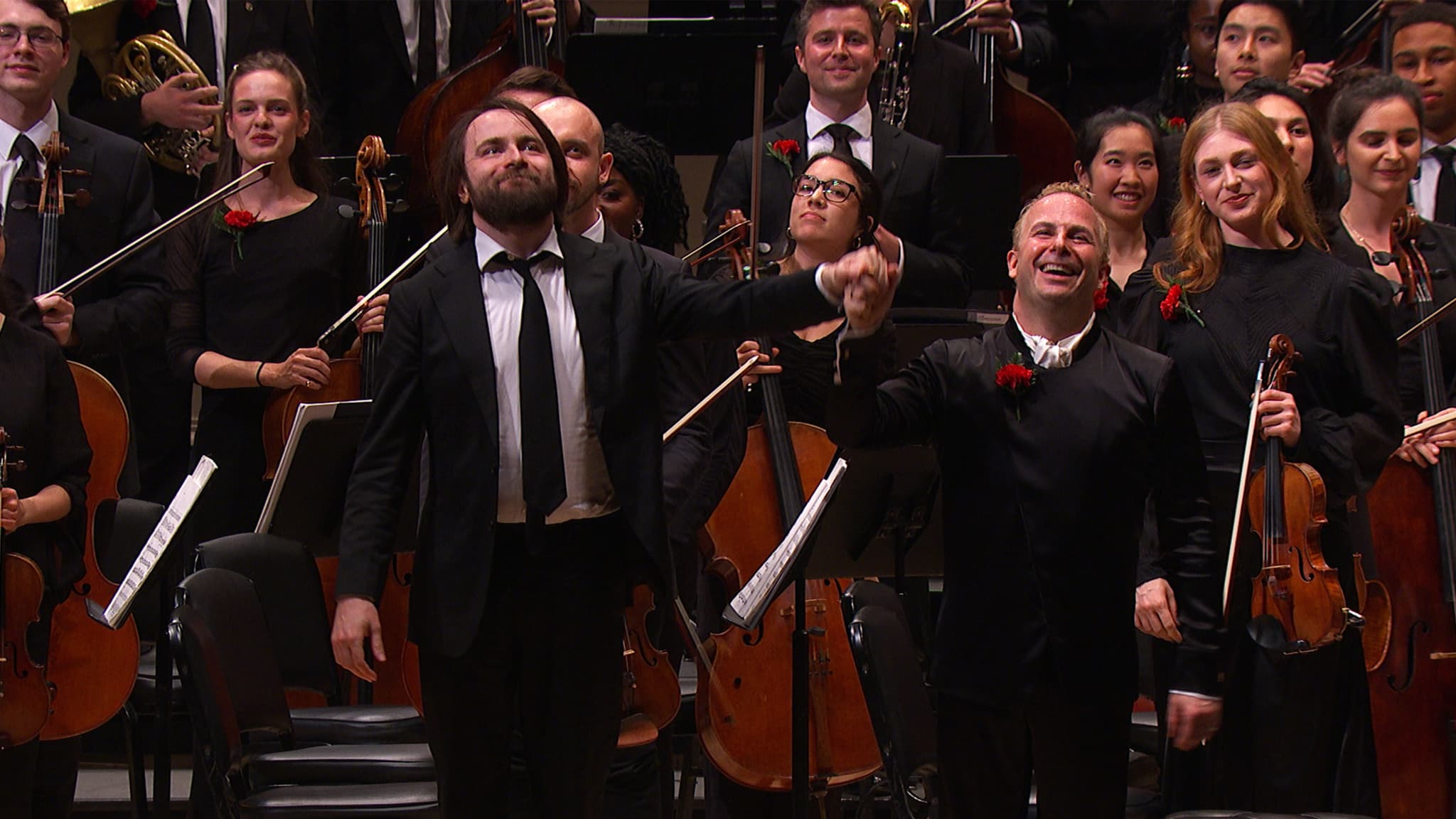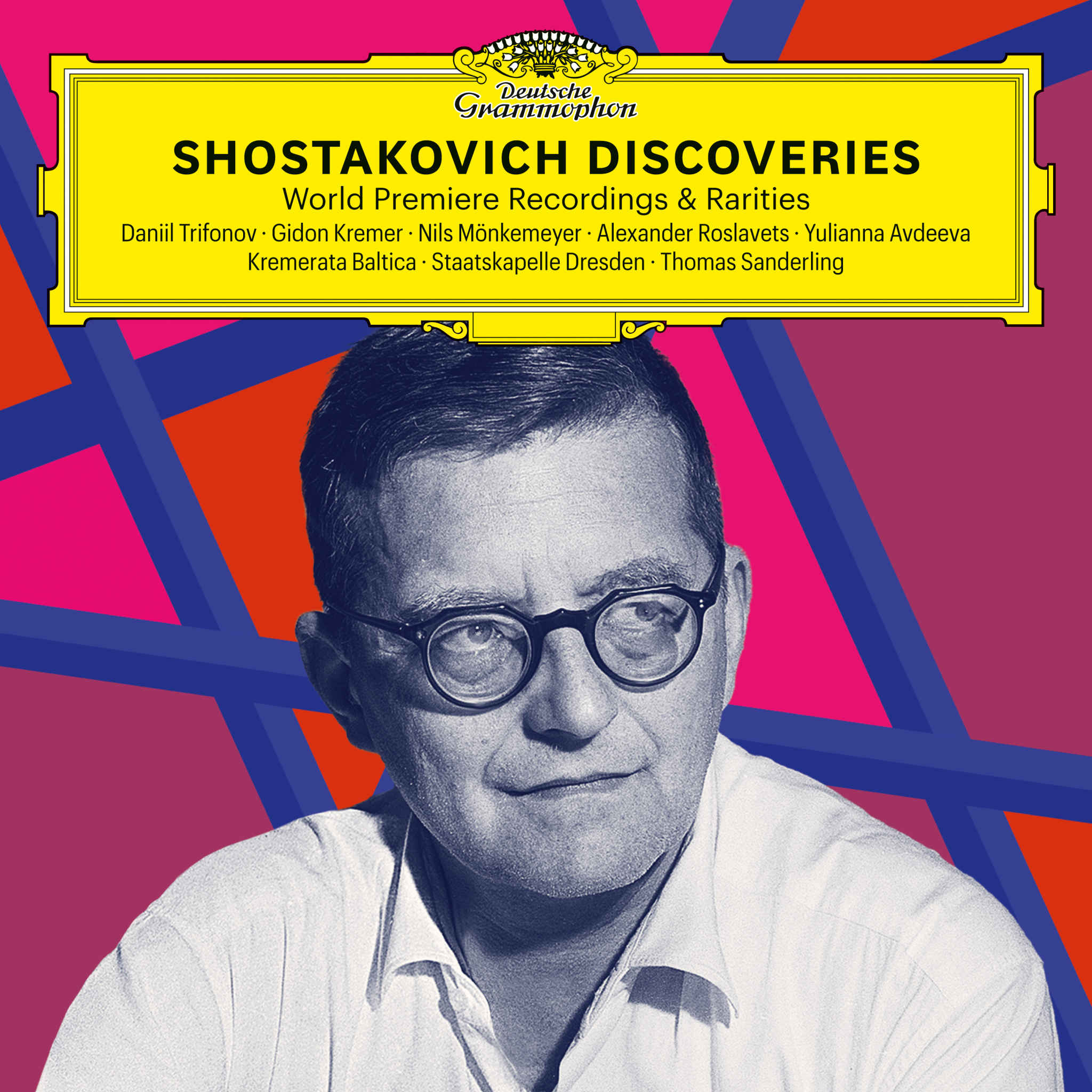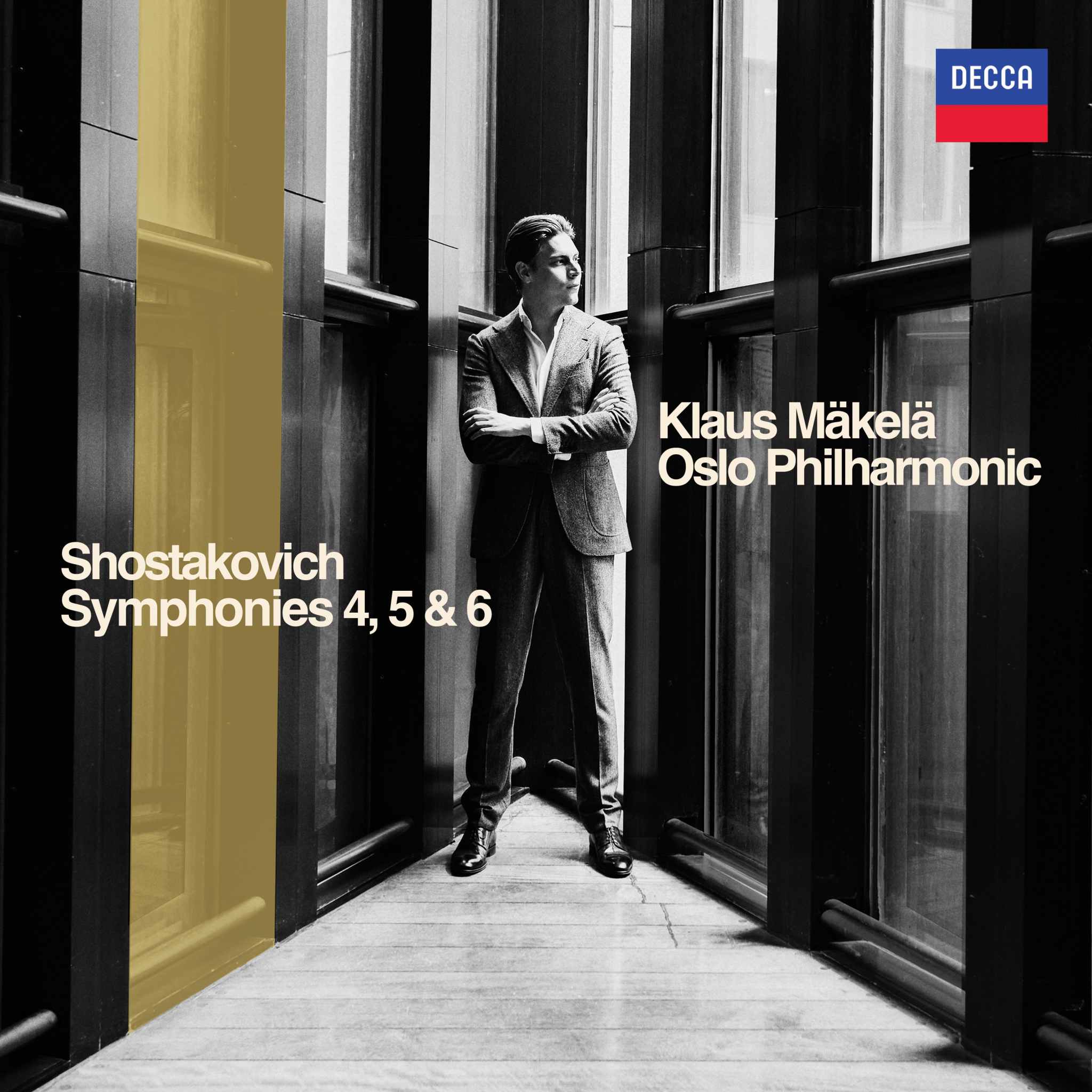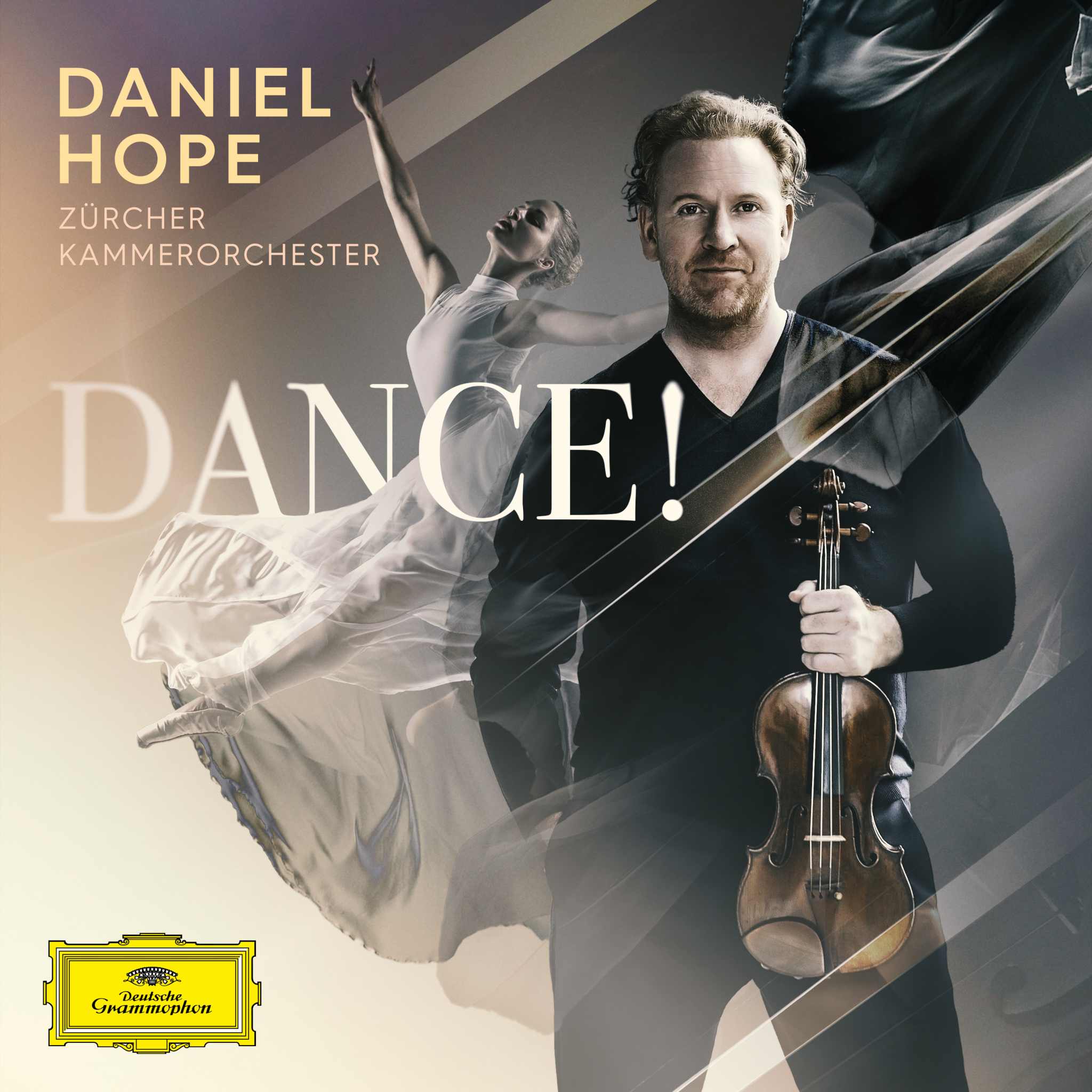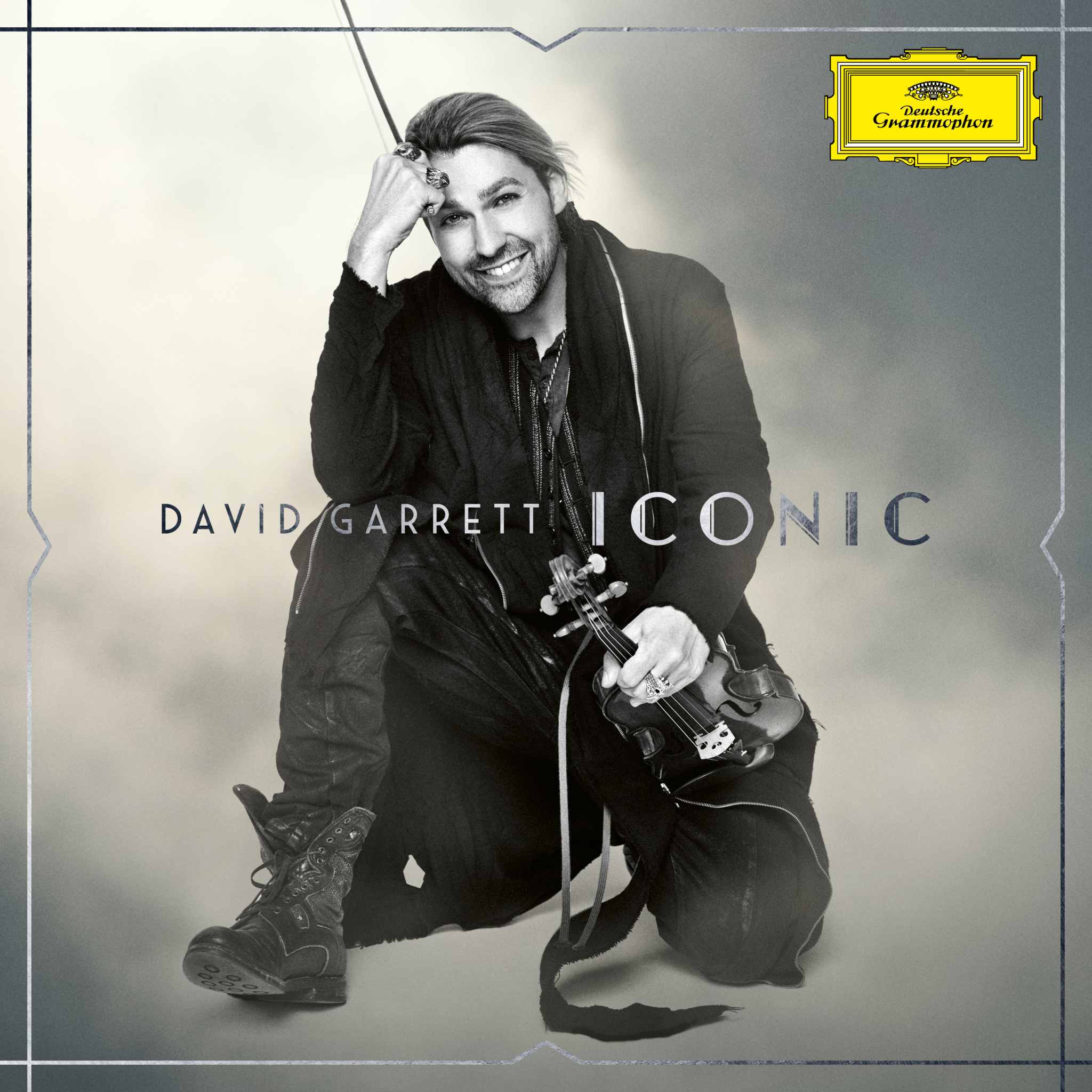Dmitri Shostakovich: An Insight into his Fascinating Works
Dmitri Shostakovich, a prominent figure in the world of classical music, has left a lasting legacy with his vast body of work. His compositions, ranging from symphonies to operas, are celebrated for their technical brilliance, emotional depth, and subtle social critique.
Early Life and Musical Beginnings
Born in 1906 in St. Petersburg, Dmitri Shostakovich was brought up in a culturally vibrant environment. He began his musical journey with piano lessons from his mother at the tender age of nine. At the age of 13, he entered the Petrograd Conservatory, studying piano and composition under renowned teachers Leonid Nikolayev and Alexander Glazunov. His rapid development as a musician led to the composition of his First Symphony, which premiered in 1926 and established him as a major figure in classical music.
Career and Soviet Challenges
Shostakovich's career unfolded under the shadow of the Soviet regime, which exerted strict control over cultural expression. His opera Lady Macbeth of Mtsensk (1934) and his Fourth Symphony showcased bold, modernist tendencies but were later condemned by Soviet authorities. Stalin's consolidation of power in the late 1920s tightened ideological restrictions, forcing Shostakovich to balance public conformity with private artistic integrity.
Major Works and Artistic Evolution
Over his career, Shostakovich produced a vast body of work, including 15 symphonies, concertos, chamber music, and operas. His Tenth Symphony and the choral Thirteenth Symphony, with texts by Yevgeny Yevtushenko, are notable for their expressive power and subtle social critique. The First Cello Concerto, written for Mstislav Rostropovich, is celebrated for its technical brilliance and emotional depth. His opera Lady Macbeth of Mtsensk and various string quartets and song cycles reflect his evolving style and increasing use of personal codes, such as the DSCH motif (D-E flat-C-B).
Personal Struggles and Late Style
While Stalin's death did lead to a relaxation of political conditions, it is important to note that Shostakovich had personal losses. However, the impact on his creative direction should be nuanced; he continued to produce significant works under both strict and relaxed conditions.
In conclusion, Shostakovich's music has become central in Western music. His life and works offer a fascinating insight into the challenges and triumphs of an artist under a strict regime. His music continues to inspire and captivate audiences worldwide.




